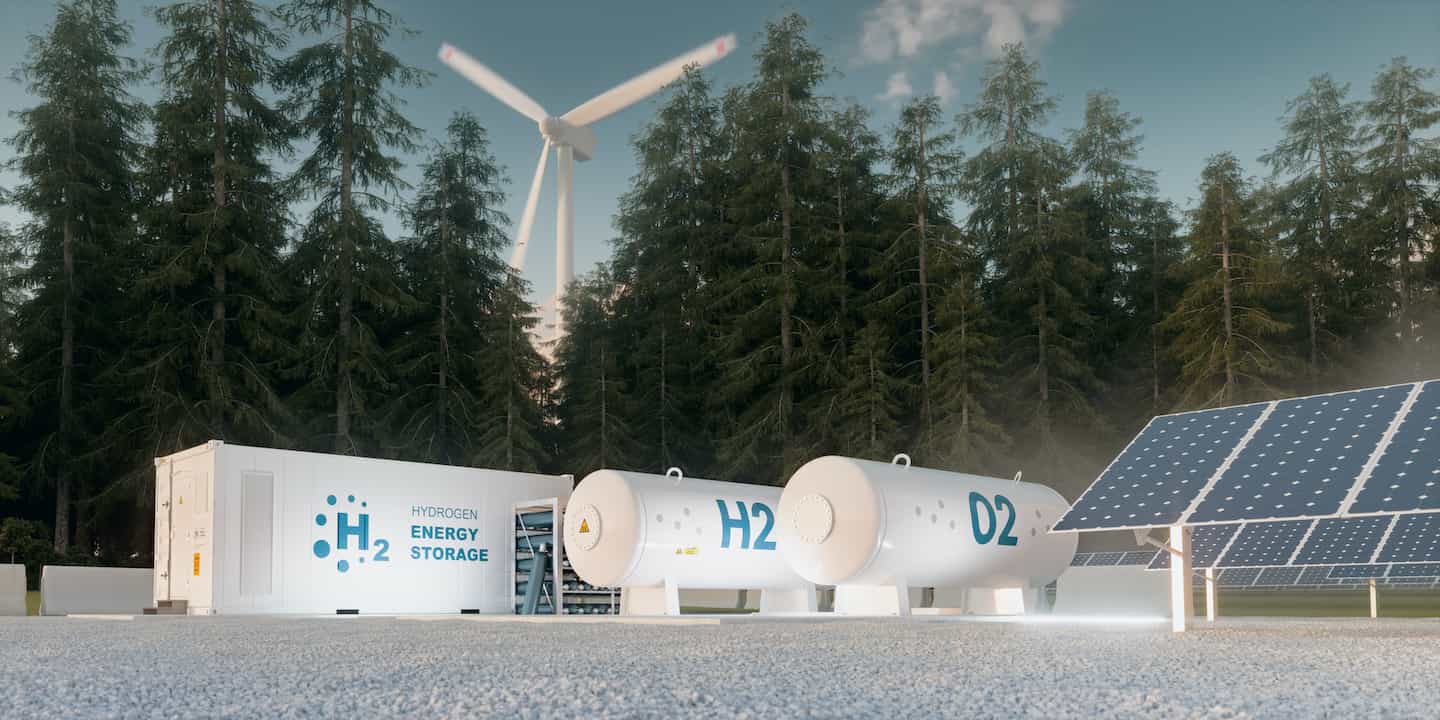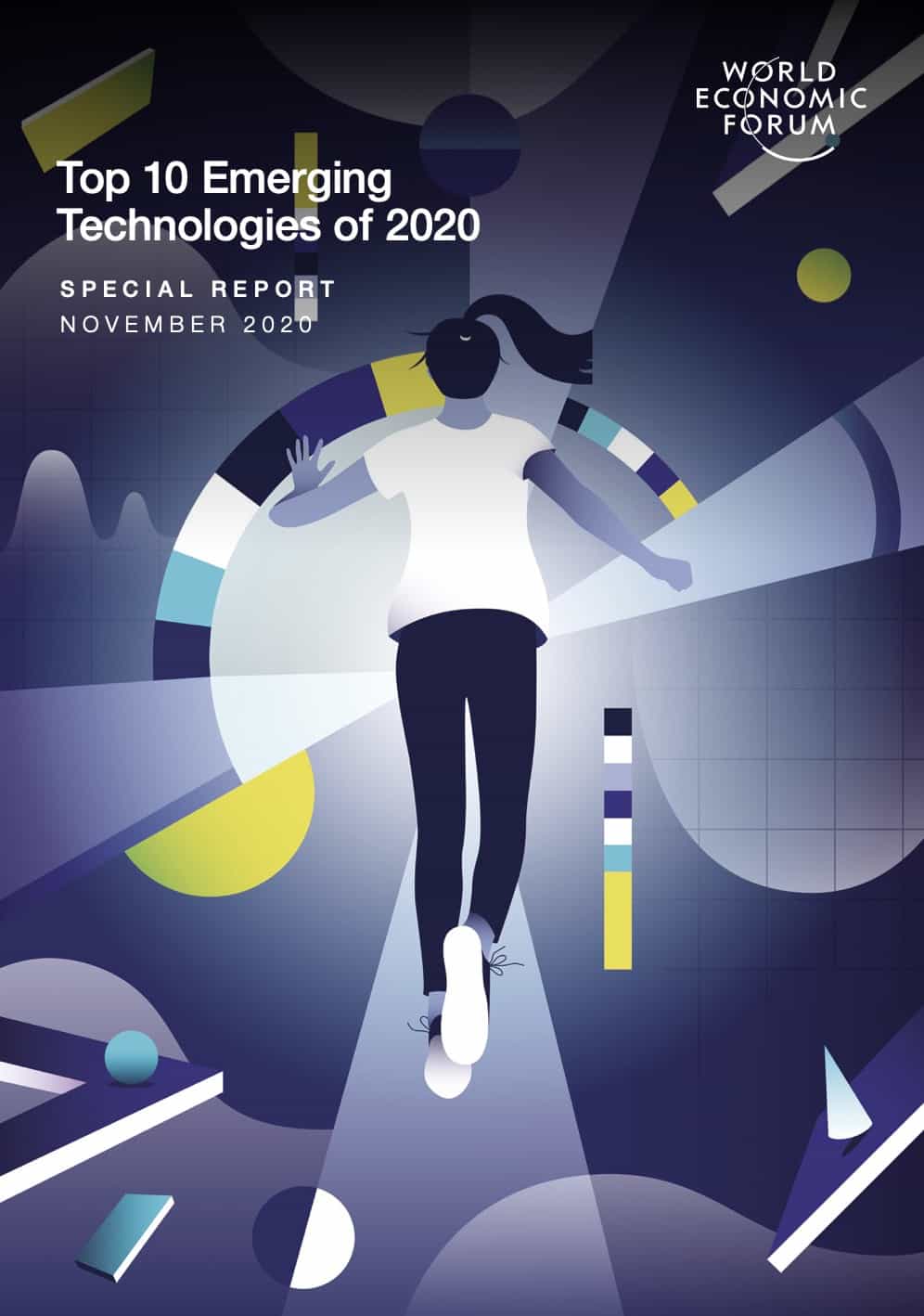
Technological development continues to wash over us with undiminished force. This means that it can sometimes be difficult to separate the chaff from the wheat. To get a little more perspective on the development, the World Economic Forum gathered a number of technology experts who were given a list of the most important technology news during the year.
The result was a list of the ten most interesting techniques. The World Economic Forum has written a report in which each technology is explained in detail , but for those who want to have a quick overview, here is a quick review of the ten technologies.
1. Microneedles. Needles that are not wider than a hair and that are no longer than they just penetrate the skin can give us painless injections and blood tests. The microneedles also make the process so simple that everyone can take their own blood sample.

2. Solar-powered chemical production. Today we use large amounts of fossil fuels to produce many chemicals. But now there are plans to use solar energy instead of extracting chemicals directly from dirty flue gases from factories.
3. Virtual patients. By taking data from high-resolution images of different organs and then entering this data into algorithms, researchers can build models of how the organs work. This means that we can do many initial tests on virtual patients instead of risking the health of real subjects.
4. Spatial Computing. This is about taking Virtual Reality, VR and Augmented Reality, AR, to the next level. Simply put, it is about accurately mapping the entire environment around a person and updating the map in real time. It can then be used to ensure, for example, that robots never collide with a human, that a repairman always knows where the tools he needs for the next job are or that an elevator knows that an ambulance is on its way and that the paramedics need the elevator in three minutes when they emerge.
5. Digital medicine. Smart watches that monitor heart rhythm, apps that analyze health data, tablets that contain sensors and that can provide data directly from inside the patient’s body. These are just a few examples of technologies in digital medicine.

6. Electric aircraft. There are now 170 different projects underway around the world to build electric aircraft. Everything from small entrepreneurial projects to giants that Airbus aims to have commercial planes ready during the decade.
7. Environmentally friendly cement. The production of cement accounts for eight percent of the world’s carbon dioxide emissions. By changing the ingredients, using more environmentally friendly manufacturing processes or simply finding more environmentally friendly alternatives, those emissions can be significantly reduced.
8. Quantum sensors. By taking advantage of quantum effects, researchers try to provide us with technologies that, among other things, make it possible to allow self-driving cars to “look around the corners”. Another area of use is portable scanners to monitor the brain activity of injured people at the scene of an accident.

9. Environmentally friendly hydrogen gas. Hydrogen is an environmentally friendly fuel that can complement electric propulsion when it comes to, for example, operating ships or certain industrial processes.
10. Synthesis of genome. The techniques for sequencing and modifying by are constantly improving. It can give us new opportunities for environmentally friendly production processes of fuel, chemicals, building materials and more.






